There are so few left from so many. The 80th anniversary of D-Day on June 6 was yet another reminder of how thin the ranks have become of those who served this nation in World War II. Of the around 16 million Americans who did their duty, about 119,000 were still breathing as of 2023. From this cohort of extraordinary survivors, I know of fewer than a dozen Americans who actually saw action on that day in 1944, arguably the most momentous date of the 20th century.
As the 80th anniversary commemorations were underway in Normandy, in my role as resident historian for Friends of the National WWII Memorial, I stood at the memorial in Washington, D.C., reading out loud the names of some 9,000 Americans who died on D-Day and during the subsequent Battle of Normandy.
Indeed, I would rather visit the fallen and the sands where they died when there are no crowds, no politicians spouting platitudes, when I can be alone with my memories of soldiers I’ve met who helped save the world on D-Day. Every time I go there, I hesitate before I walk down weather-beaten steps onto the golden sands. I feel the spirits. Then I’m standing on Omaha Beach’s Dog Green sector, the deadliest place on that day. It was there that more than half of A Company, 116th Infantry Regiment, died in the first wave of Americans to land on that longest of days 80 years ago. The 1998 film Saving Private Ryan opened with a harrowing recreation of the slaughter.
On Omaha Beach, I say thanks to the warriors I’ve met who fought there and have since passed away. The first D-Day veteran I befriended was Sgt. Bob Slaughter from Roanoke, Virginia, who counted himself extremely lucky to have survived D-Day as an 18-year-old, because his landing craft came ashore hundreds of yards from where it was scheduled to land and therefore fires and smoke provided a modicum of protection from relentless machine gun fire. Fifty years later, he stood on Omaha Beach with President Bill Clinton to commemorate the battle’s anniversary.
Until he died in 2012, Slaughter honored his dead buddies from D Company of the 116th Infantry Regiment—11 were killed on D-Day. More than any other veteran, he helped during the research for my 2003 book, The Bedford Boys: One American Town’s Ultimate D-Day Sacrifice. When I interviewed him, he was brutally honest about combat: “Your best hope was for a million-dollar wound, nice clean sheets and a pretty nurse. … You didn’t want it in the groin or stomach but the legs, shoulders, hands. That would have been wonderful. Fingers didn’t count.”
Slaughter also introduced me to Roy Stevens, a Bedford boy who lost his identical twin brother, Ray, on D-Day—one of 19 men from Bedford County, Virginia, who served in the 116th’s A Company who gave their lives on D-Day. Every time I met Roy, often at the National D-Day Memorial in Bedford, he would tell me: “Freedom is not free.” When you lose your twin and so many childhood friends in combat, those words are no mere slogan.
Lt. Ray Nance knew only too well that democracy comes at a price. He was the only officer from Bedford to return home, half his heel shot away, having staggered across Omaha Beach as the tide flooded in behind him, washing away those too badly wounded to crawl. He was so traumatized by the events of that day that he refused to speak to me about his experiences until after I begged him to describe the carnage before he passed away so that at least there would be a record. Seven years before his death in 2009, he told me he remembered trying in vain to dig a hole in the beach with his hands so he could hide from a machine gunner who sent volley after volley of bullets toward him: “He’d send a line of bullets my way, pass on to another target and then come back for me, like he was playing cat and mouse.”
Nance turned and faced the bullets head-on, making his body a harder target. He said God saved him on D-Day, but he was not spared from enormous survivor’s guilt. He delivered mail around Bedford after the war and recalled parents of dead Bedford boys shunning him, enraged at his return when so many sons had come home in coffins.
Pvt. Bob Sales of Lynchburg, Virginia, recounted hilarious tales of nights in cold pubs sipping warm beer, of his encounters with skinny English girls during his many months of training before D-Day, and of dancing with wild abandon to Tommy Dorsey and Glenn Miller in London. Just 18 years old, he landed in the second wave on Omaha Beach and used the corpses of other Americans to shield himself from a hailstorm of bullets. He was the only man on his landing craft who survived. “D-Day was the longest day,” he said. “There’s no doubt about that. But for those who survived it was just one day. I had a hundred and eighty to go. I couldn’t begin to tell you how many men right beside me got killed.”
One D-Day anniversary more than a decade ago, I walked across Omaha Beach with a small and wiry former Army Ranger called Dan Farley. He needed a couple of whiskey shots before he recrossed the beach for the first time since 1944. He didn’t say a word until a few hours later, while standing amid the huge bomb and shell craters at Pointe du Hoc, which was seized by his fellow Rangers after they had scaled high cliffs in one of the most dramatic and heroic operations of D-Day. He would never forget the bullets whipping through his legs and buzzing past his head, saying they sounded “like honeybees.”
Farley had passed away in 2017 by the time I met Leon Gautier, a French commando who landed at Sword Beach. Gautier was one of some 200 Frenchmen who had the immense honor of fighting to free their homeland. I interviewed Gautier, who died last year at age 102, in his home in Ouistreham, less than a mile from where he had attacked several German pillboxes. After the war, he had moved to the very town he had helped liberate. His green commando beret was his most prized possession. Every June 6 he placed a wreath to his fallen comrades at a memorial within walking distance of his home. He told me a new generation must now ensure that Europe is never again enslaved. Others must now be “vigilant.”
While researching my book, The First Wave, about the first to fight on June 6, I came across Warren Goss, now 99, who landed on Utah Beach before the first wave of soldiers, tasked with providing covering fire for engineers as they destroyed beach defenses. “The Germans had obstacles—big iron crosses stuck in the sand—and they had mines tied to them,” Goss said. “I took cover under the obstacles as best I could. I was lying by one of these things being shot at, only they weren’t shooting at me. They were trying to hit the mines to blow a lot of people up.”
Goss fought to the end of the war, witnessing the death of so many Americans, some of the more than 400,000 who died in WWII to set others free and earn this nation the greatest respect it has ever known. This week, Goss was in Normandy for the 80th anniversary, staying with a French family not far from Utah Beach.
On June 6 this year, as I read out the names of some of the more than 2,000 Americans who died on D-Day, I thought of another D-Day warrior, Maj. Gen. John Raaen, the last surviving officer from the 34,000 Americans who landed on Omaha Beach and a Silver Star recipient. As a captain in the 5th Ranger Battalion, he arrived in the third wave around 7:50 a.m., was wounded six months later, and went on to serve his country for 36 years in all. I’ll always treasure a selfie I took with him in his living room in Florida, his many medals filling a display case nearby. He is now 102 and unable to do interviews because, as he explained earlier this year, he finds it “hard physically and mentally to respond to all the demands of our society.” He previously told me that on June 6, 1944, amid the din of death, he could hear a constant “Pop, pop, pop, pop, pop” as bullets passed just overhead: “The machine gun fire was absolutely continuous.”
A few weeks ago, in a chateau in Normandy, I celebrated another D-Day hero’s upcoming 100th birthday. Charles Shay, a Penobscot tribal elder from Maine, is the last living medic from the legion of life-savers who did their best to help wounded young Americans on Omaha Beach. Shay lost a close friend, Pvt. Edward Morozewicz, but managed to save others that day, pulling them from the blood-red shallows to safety: “[Morozewicz] had a wound that I could not help him with because I did not have the proper instruments. ... He was bleeding to death. And I knew that he was dying. I tried to comfort him. And I tried to do what I could for him, but there was no help. ... He died in my arms.” Shay now lives in Normandy, far from Maine, cared for by a wonderful French woman, and will be 100 on June 27.
This weekend, I’ll think about all these men and also about a remarkable woman, Lucille Hoback Boggess, who turns 95 on June 8. She had to wait more than six weeks to find out what had happened to her brothers, Raymond and Bedford Hoback, two of the Bedford boys, on D-Day. The only time she saw her father cry was when he walked to a barn on the family’s farm having received the second of two telegrams informing him in July 1944 that he had lost both his sons. Bedford Hoback is buried at the American cemetery at Colleville-sur-Mer, not far from where he was killed, surrounded by 9,386 white crosses, perfectly aligned, headstones facing west, toward the New World, toward home. Raymond Hoback’s name is inscribed on the Wall of the Missing in the same graveyard, alongside some 1,500 warriors whose bodies were never found. “You wonder what they might have done with their lives, how Bedford would be different if all those boys had come home,” Lucille once told me. “You never forget. I miss them every day.”
On my most recent visit to Normandy, I paid my respects to the Hoback brothers and so many others who made the ultimate sacrifice, observing a minute’s silence. I also walked across Omaha Beach. The tide was out. I stepped over runnels, in awe of the grit and courage of the citizen soldiers who landed 80 years ago as part of what Allied Supreme Commander Dwight Eisenhower called the Great Crusade—the liberation of Northwestern Europe from Nazism, a genocidal evil that plunged the Old World into five years of darkness and left some 19 million Europeans dead.
Next year, and every year until I can no longer walk, I’ll go back to Normandy. I’ll squat down, again touch the sands on Omaha Beach, and thank God the Allies succeeded on D-Day. I’ll marvel at the enormity of the greatest gift the United States has ever bestowed. For 80 years, the longest period in history, the Europe set free by my American heroes has enjoyed what so many of us take so much for granted—peace and democracy. And every time I return, I’ll repeat to myself the words inscribed on the wall of the chapel in the Colleville-sur-Mer graveyard above Omaha Beach: “Think not only upon their passing. Remember the glory of their spirit.”
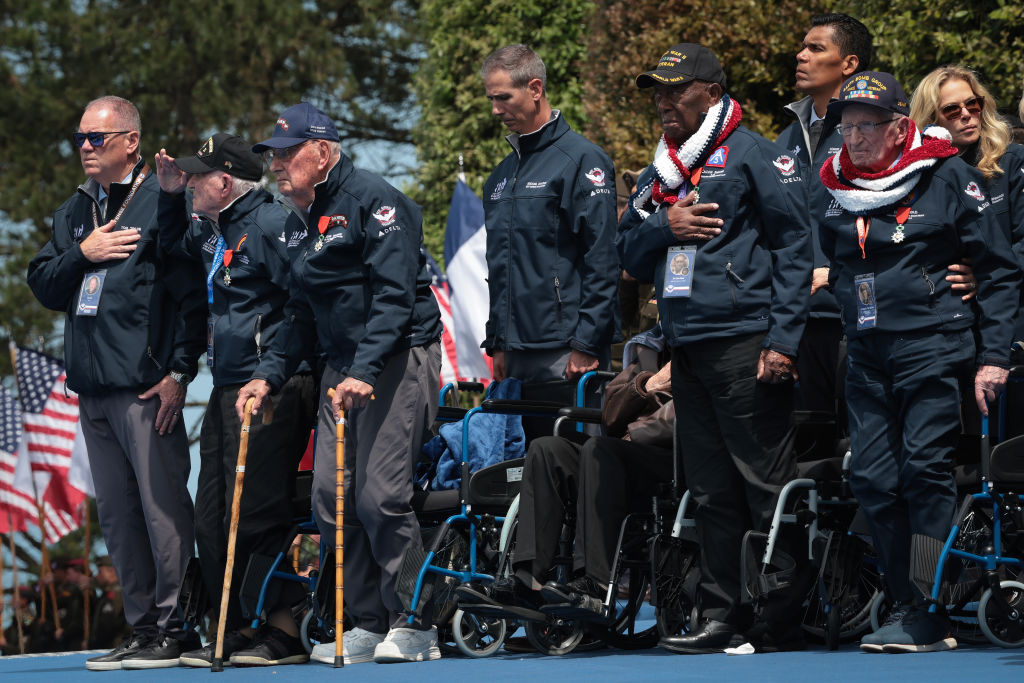
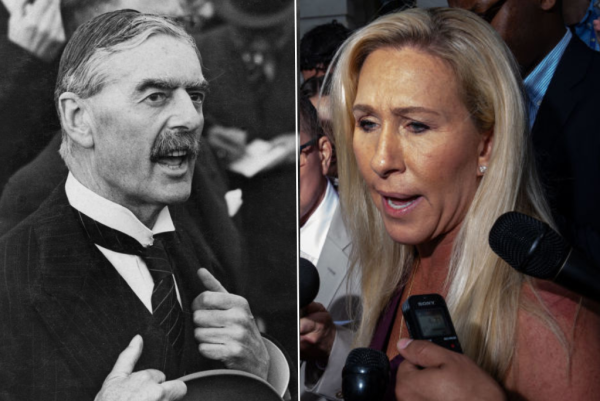
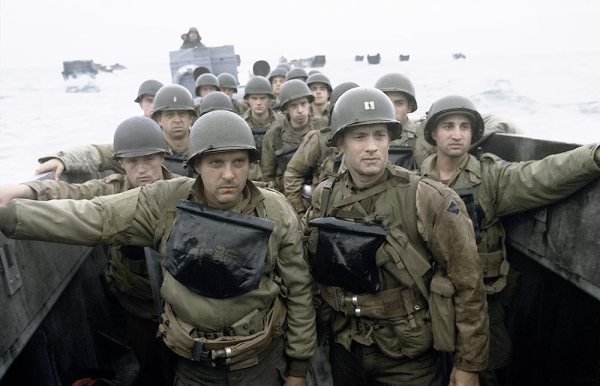
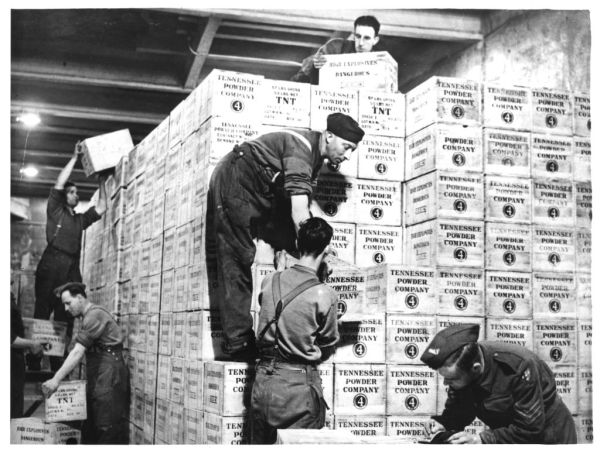

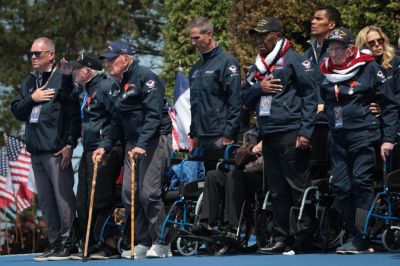
Please note that we at The Dispatch hold ourselves, our work, and our commenters to a higher standard than other places on the internet. We welcome comments that foster genuine debate or discussion—including comments critical of us or our work—but responses that include ad hominem attacks on fellow Dispatch members or are intended to stoke fear and anger may be moderated.
With your membership, you only have the ability to comment on The Morning Dispatch articles. Consider upgrading to join the conversation everywhere.